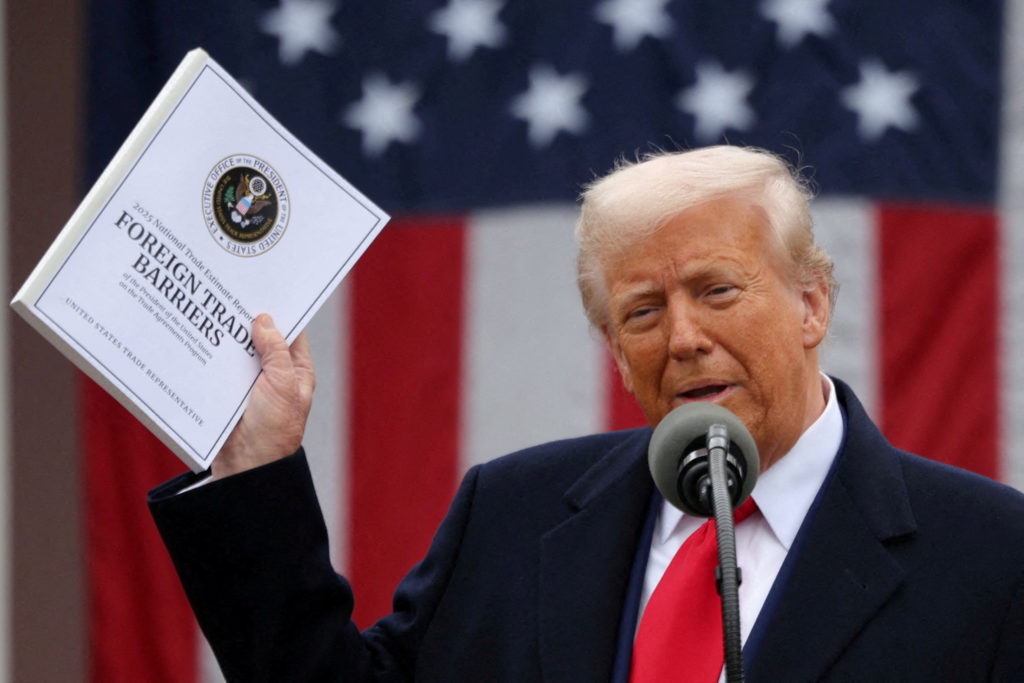Come Friday, the world could wake up to a major shake-up in global trade. The Trump administration’s new tariff framework is set to take effect on August 1, threatening higher duties on countries that haven’t reached a trade agreement with the United States.
Dubbed “reciprocal tariffs,” the plan was first floated in April and delayed twice, from April 2 to July 9, and now to August 1, giving countries more time to strike individual deals with Washington. Despite bold claims from former President Trump and his aides about closing “90 deals in 90 days,” only eight agreements have been finalized in the past four months.
Who’s Secured a Deal?
United Kingdom
The U.K. was first to strike a deal, securing a 10% baseline tariff on its exports along with exemptions for key industries like autos and aerospace. However, issues around digital taxes and steel tariffs remain unresolved even after a recent Trump–Starmer summit in Scotland.
Vietnam
Vietnam reached an agreement on July 2, seeing tariffs drop from 46% to 20%. However, confusion surrounds an unexpected 20% “transshipping” tariff, much higher than what negotiators anticipated.
Indonesia
Announced on July 15, Indonesia’s deal reduces tariffs from 32% to 19%, with Jakarta agreeing to eliminate nearly all tariff and non-tariff barriers on U.S. goods, particularly in agriculture and energy.
Philippines
A marginal reduction to 19% from 20% was announced on July 22, alongside a pledge for closer military cooperation. Trump praised the Philippines for “going open market.”
Japan
Japan locked in a 15% rate, down from 25%, and secured special terms for its auto exports. Trump called it “the largest deal ever made,” citing a promised $550 billion in Japanese investment into the U.S.
European Union
The EU secured a late-stage deal, reducing threatened tariffs from 30% to 15%. However, internal backlash in Europe has been fierce, with France calling the deal a “dark day.”
South Korea
South Korea reached a deal just ahead of the deadline. Tariffs will be fixed at 15%, and the country pledged $350 billion in U.S.-controlled investments. Critics in Seoul see it as a strategic play to gain access to American markets in shipbuilding and semiconductors.
Who’s Still at Risk?
India
On Wednesday, Trump imposed a 25% tariff on Indian goods and warned of an additional “penalty” due to India’s high tariffs and close economic ties with Russia. While slightly lower than the 26% rate imposed earlier this year, it’s still among the highest.
Canada
Canada is facing 35% tariffs starting August 1, with threats of more if it retaliates. Talks are ongoing, but Trudeau’s administration is bracing for fallout, especially over pharmaceutical exports and digital policy.
Mexico
No breakthrough yet. Mexico is staring down a 30% tariff, with Trump tying levies to border security and anti-drug efforts. Talks remain stalled with just days to go.
Australia
Australia is still at the original 10% baseline, thanks to its trade deficit with the U.S. and a longstanding FTA. But that could rise to 15–20% if Trump hikes the global base rate. Canberra has not entered formal negotiations.
China
Talks with China are on a separate track. After years of tariff warfare, both sides agreed to reduce their sky-high duties in May, China to 30% and the U.S. to 10%, but that truce expires August 12. No extension has been signed.
What Comes Next?
For countries without a deal, Trump has warned of a default global tariff rate between 15% and 20%, or even higher for nations with significant trade surpluses with the U.S. As the clock ticks down, many trading partners are scrambling to avoid the fallout.
For now, August 1 marks a potential turning point in America’s global trade posture — one that could ripple across supply chains, markets, and geopolitics for months to come.






